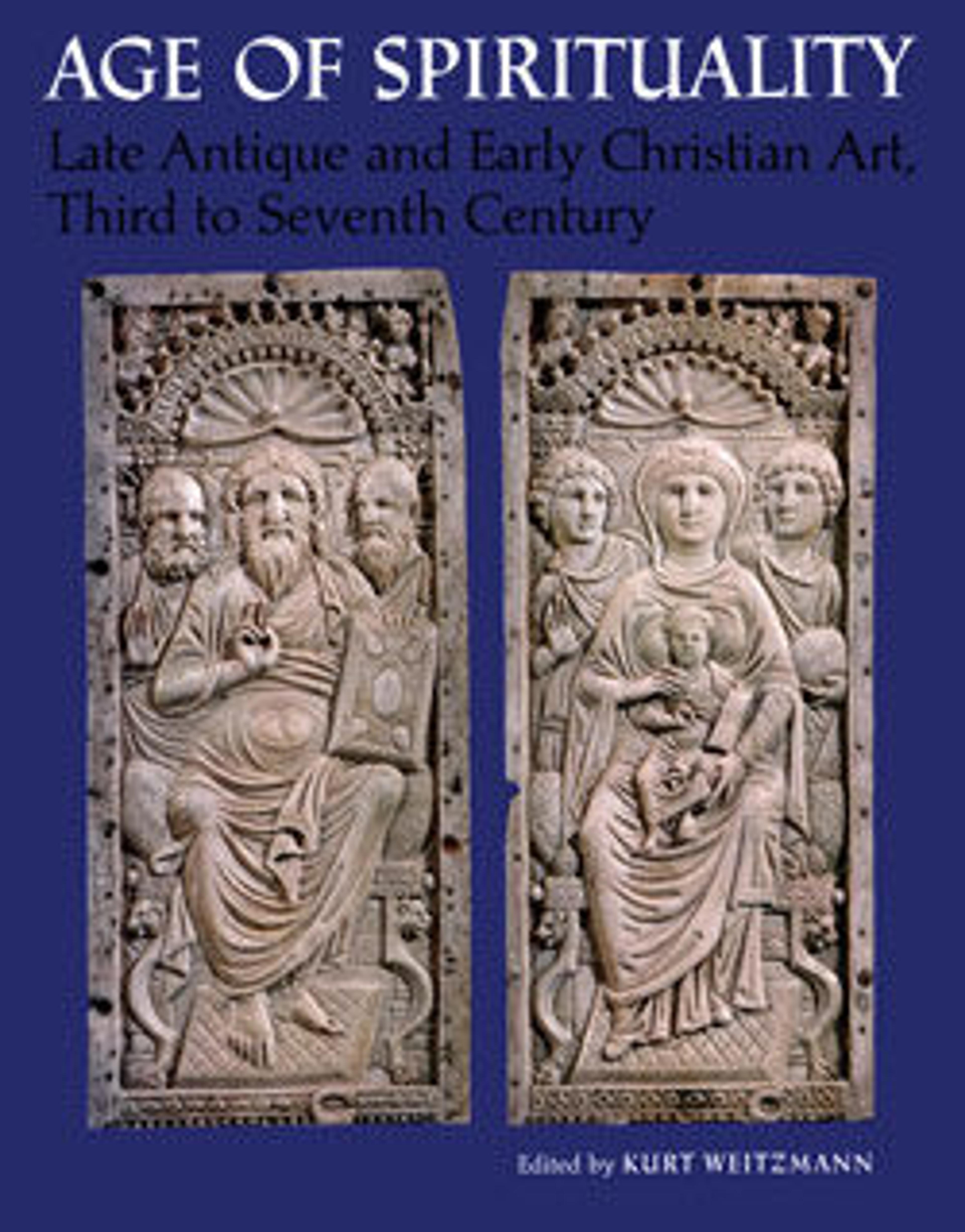Bowl Base with Miracle Scenes
Commemorations of the dead held at the deceased’s tomb focused on bidding farewell to loved ones and praying for the pardon of their sins and for their salvation. The catacombs of Rome—underground burial chambers used by all religions in the late Roman and early Byzantine era—are a particularly rich source of early Christian imagery. These images express Christian hopes of salvation. Here a beardless man dressed in a toga and the inscription “Live” are framed by miracle scenes. Beginning at the top and moving clockwise, these are Christ saving the three Hebrews in the fiery furnace (Daniel 3), Christ healing the paralytic (Matthew 9:1–8), Tobias with the fish that the archangel Raphael advises him will help restore his father’s sight (Tobit 6), and Christ turning water into wine at Cana (John 2:3–10).
Artwork Details
- Title: Bowl Base with Miracle Scenes
- Date: ca. 350–400
- Culture: Roman or Byzantine
- Medium: Glass, gold leaf
- Dimensions: Overall: Diam. 3/16 x 4 3/16 in. (0.5 x 10.7 cm)
- Classification: Glass-Gold glass
- Credit Line: Rogers Fund, 1916
- Object Number: 16.174.2
- Curatorial Department: Medieval Art and The Cloisters
More Artwork
Research Resources
The Met provides unparalleled resources for research and welcomes an international community of students and scholars. The Met's Open Access API is where creators and researchers can connect to the The Met collection. Open Access data and public domain images are available for unrestricted commercial and noncommercial use without permission or fee.
To request images under copyright and other restrictions, please use this Image Request form.
Feedback
We continue to research and examine historical and cultural context for objects in The Met collection. If you have comments or questions about this object record, please contact us using the form below. The Museum looks forward to receiving your comments.
